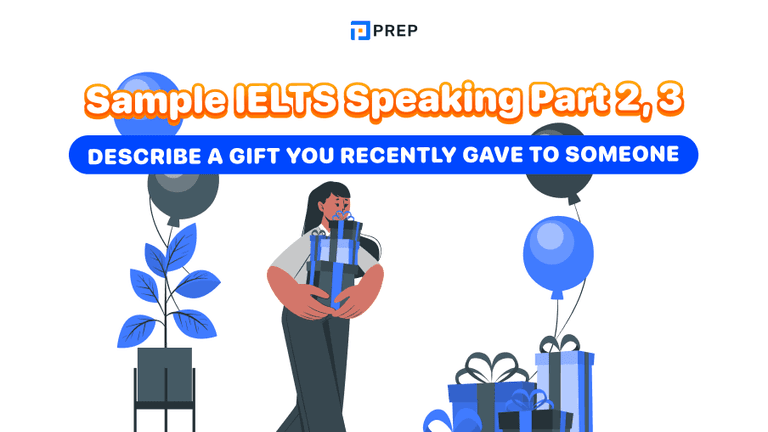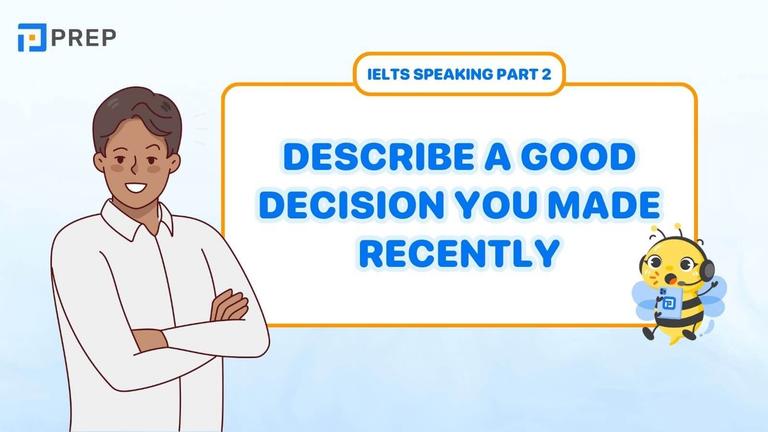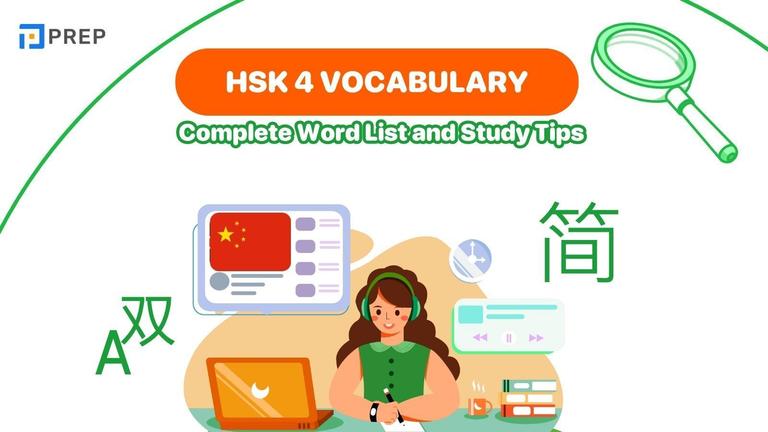English Conversations in the Classroom with Examples
English conversations in the classroom help learners practice natural communication with teachers and classmates. In this guide, you will find essential phrases, real-life dialogues, and practical tips to learn faster and gain confidence in speaking English at school.
I. Common English Phrases and Expressions Used in the Classroom
In any English-speaking classroom, communication between teachers and students relies heavily on simple, clear, and repeated phrases. These common expressions help create a smooth learning flow, reinforce expectations, and build learners' confidence in using English in practical settings.
Classroom conversations are everyday interactions that happen between teachers and students — from greeting each other at the start of class, giving clear instructions, to responding and asking questions. Learning these phrases is essential, especially for ESL learners, because they offer real-life, purpose-driven speaking practice.
Below are categorized tables of essential classroom phrases you can use to build familiarity and fluency in a lesson setting:
Greetings and Starting the Class
These expressions help open a class smoothly and create a polite atmosphere.
|
Teacher |
Student |
|
Good morning, everyone. |
Good morning, teacher. |
|
Let’s get started. |
I’m ready. |
|
Please take your seats. |
I’m here / Present. |
|
Who’s absent today? |
Sorry I’m late. |
Giving Instructions
Essential for managing class activities and guiding learning processes.
|
Teacher Says |
|
Please open your books to page 10. |
|
Work in pairs/groups. |
|
Listen carefully to the audio. |
|
Raise your hand before speaking. |
|
Hand in your homework, please. |
Asking and Answering Questions
Phrases that support clarification, interaction, and checking understanding.
|
Student |
Teacher |
|
I have a question. |
Do you understand? |
|
Can you repeat that, please? |
What do you think the answer is? |
|
What does this word mean? |
Can someone explain it? |
|
I’m not sure. |
That's correct / Not quite. |
Giving Feedback and Making Corrections
These are useful for encouraging self-awareness and improvement in speaking.
|
Teacher |
Student |
|
Good job! / Well done! |
Thank you. |
|
Almost right, try again. |
I’ll try again. |
|
Let’s correct this together. |
I see my mistake. |
|
Please speak more clearly. |
Is this better? |
These practical expressions form the foundation of effective communication in the classroom. You can print these out, memorize them, or integrate them into daily dialogues to build fluency and confidence — extend to home topics with family conversation.
II. Sample English Classroom Conversations
Learning classroom English is not just about memorizing phrases—it’s about practicing how to respond naturally in real-life situations. Below are practical sample dialogues that reflect common classroom interactions. These are divided by levels to suit different learning needs.
1. Beginner Dialogues
These short and simple dialogues are designed for beginners who are just starting to use English in the classroom. They focus on everyday situations such as greetings, asking for permission, or borrowing materials. Each dialogue provides practical sentence patterns that learners can easily memorize and practice.
Dialogue 1: Greeting the Teacher
- Teacher: Good morning, class.
- Students: Good morning, teacher.
- Teacher: How are you today?
- Student: I’m fine, thank you. And you?
- Teacher: I'm doing well. Let’s begin our lesson.
Dialogue 2: Asking for Permission
- Student: Excuse me, may I go to the restroom?
- Teacher: Yes, you may. Please come back quickly.
- Student: Thank you.
Dialogue 3: Borrowing a Pencil
- Student A: Do you have a spare pencil?
- Student B: Yes, here you go.
- Student A: Thanks!
- Student B: You’re welcome.
Dialogue 4: Asking the Teacher a Question
- Student: Excuse me, I don’t understand this word.
- Teacher: Okay, let me explain it to you.
- Student: Thank you, that helps a lot.
These beginner conversations help ESL learners build confidence and fluency by practicing real scenarios they’ll encounter in the classroom. Encourage learners to repeat the dialogues, practice with a partner, and adjust the lines to make them more personal — try similar tone in friendship conversation.
2. Role-play Examples for Intermediate Level
At the intermediate level, learners are expected to handle longer and more dynamic exchanges in English. These role-play scenarios are based on realistic classroom situations that require quick thinking, proper etiquette, and clear communication. Each dialogue encourages learners to expand their vocabulary and improve their fluency in academic settings.
Dialogue 1: Group Work Discussion
- Teacher: Please work in groups of three and discuss today’s topic.
- Student A: What exactly should we talk about?
- Teacher: Share your opinions on online learning. You have ten minutes.
- Student B: I think online learning is convenient but also distracting sometimes.
- Student C: I agree. It’s flexible, but I miss face-to-face interaction.
Dialogue 2: Asking for Clarification
- Teacher: Finish the grammar worksheet for homework.
- Student: Sorry, teacher, do we need to do all exercises or just some of them?
- Teacher: Only Exercises 1 to 4 on page 18.
- Student: Got it, thank you!
Dialogue 3: Reporting a Problem in Class
- Student: Excuse me, teacher. The projector isn't working.
- Teacher: Thank you for letting me know. I’ll report it to the technician.
- Student: Should we wait or start reading the lesson?
- Teacher: Let’s start with reading while we wait for assistance.
Dialogue 4: Asking About a Grade
- Student: Teacher, can I ask about my speaking test score?
- Teacher: Sure. You did well overall, but your pronunciation needs a bit more work.
- Student: Thank you. I’ll focus more on that in the next practice.
These intermediate-level role-plays help students practice realistic dialogues with more natural pacing, variety in sentence structures, and expanded vocabulary. For best results, these can be used in pairs or small groups, with opportunities for improvisation or peer feedback.
III. Learn English conversations in the classroom through videos
Watching videos is one of the most effective ways to improve your English speaking and listening skills, especially when it comes to real-life classroom communication. Videos provide not only accurate pronunciation and intonation but also the chance to observe natural body language, tone, and interaction patterns used in academic settings.
Here’s how you can use videos to make your classroom English learning more practical and engaging:
- Learn by Repetition: Re-watch short dialogues and repeat each line aloud. Imitating the speaker’s tone and rhythm helps improve pronunciation and fluency.
- Practice with a Partner or Classmate: Choose scenes of student-teacher interactions or group discussions, then act them out with a partner. This turns passive watching into active learning.
- Use Subtitled Videos to Focus on Listening and Vocabulary: Start with English subtitles to build vocabulary, then replay without subtitles to challenge your listening comprehension.
- Recommended YouTube Channels for Classroom English: Below are suggested channels/videos that contain useful classroom conversations:
PREP hopes that after reading this article, you have gained a lot of vocabulary, phrases, and quality English conversations in the classroom. Let’s follow PREP for more useful English knowledge!

Hi I'm Chloe, and I am currently serving as an Product Content Administrator at Prep Education. With over five years of experience in independent online IELTS study and exam preparation, I am confident in my ability to support learners in achieving their highest possible scores.
Comment
Premium content
View allPersonalized roadmap
Most read












